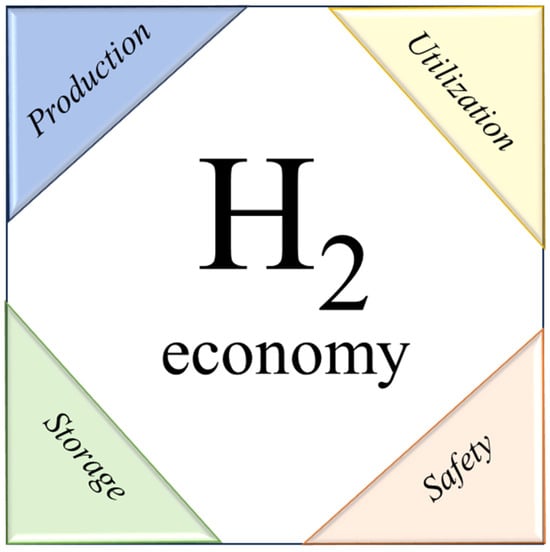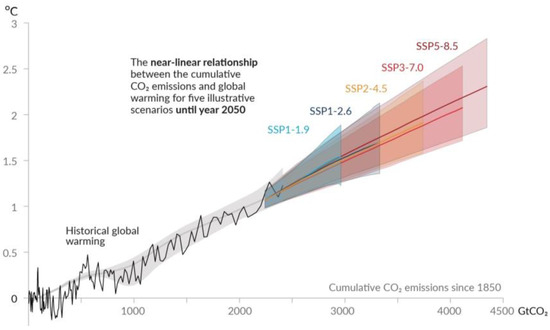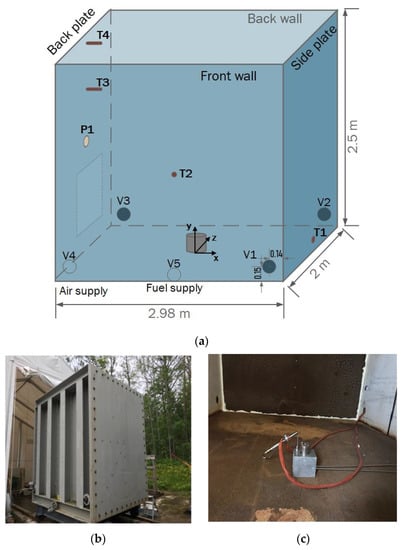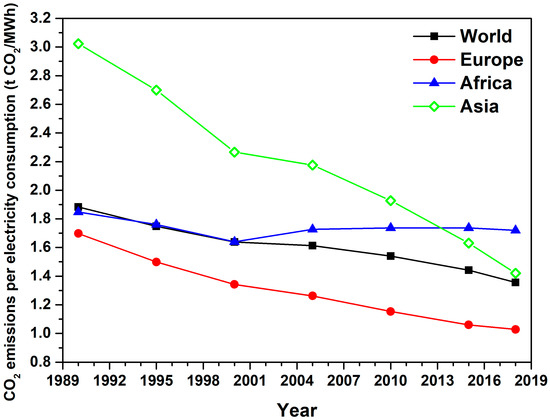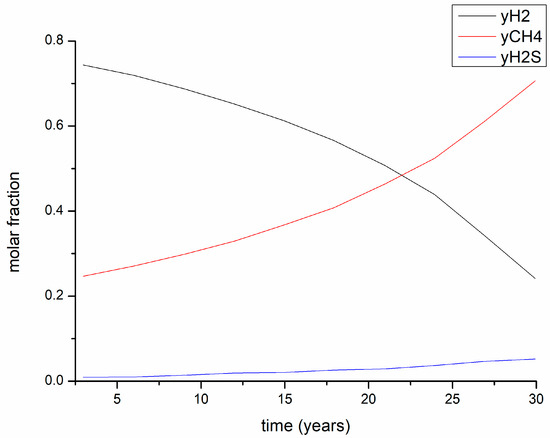Women in Hydrogen Energy (Closed)
A topical collection in Energies (ISSN 1996-1073). This collection belongs to the section "A5: Hydrogen Energy".
Viewed by 37732Editors
Interests: QRA; CFD modeling of fires and explosions of dust, gas, and hybrid mixtures; the safety of Li-ion batteries; modeling of forest fires; catalytic abatement of carbonaceous particulates from diesel engines; pyrolysis and combustion of coals, biomasses, and their mixtures; coal gasification; food engineering
Special Issues, Collections and Topics in MDPI journals
Interests: safety aspects of hydrogen applications; computational fluid dynamics (CFD) and theoretical modeling of hydrogen releases, fires, and explosions
Topical Collection Information
Dear Colleagues,
The world’s energy and transportation systems are undergoing significant transformations, characterized by a sharply increasing use of renewable energy sources, efforts in energy conservation, and an increasing use of electric vehicles. In energy systems which are 100% based on renewable energy, hydrogen may have a role as a long-term energy storage medium, and as convenient fuel for long-distance heavy-duty transportation. Once available, hydrogen may also be used for high-temperature heat in industrial processes and as feedstock.
This Topical Collection “Women in Hydrogen Energy” is dedicated to encouraging and promoting the outstanding research works and studies led or carried out by women scientists, but not limited to. According to latest global statistics, women constitute about 30% of researchers and workers in the renewable energy industry. Gender diversity is crucial for driving more pioneering and inclusive solutions in hydrogen energy and technologies.
This Topical Collection proposes a group of professionals and students with the goal of supporting gender balance and diversity in the hydrogen energy and technology sector. The purpose of the group is to build our professional networks and mentor youngers, and promote relevant studies and achievements in the hydrogen energy sector.
Hydrogen is proving to be an efficient and competitive solution to tackle the increasing energy demand and need for sustainable and renewable energies. This Topical Collection invites contributions to the latest research and developments in hydrogen energy, addressing the advancement of hydrogen technologies and infrastructure, as well as the establishment of hydrogen as an integral and significant part of future energy scenarios.
The Topical Collection topics cover all aspects of hydrogen energy, including but not limited to energy fundamentals, production, storage, transmission, applications as an energy carrier, conversion systems, as well as the safety and feasibility of the infrastructure for the transport and final use of hydrogen.
All papers related to current problems, new solutions, modelling and simulations, and experiments in all relevant disciplinary areas are welcome.
Prof. Dr. Paola Russo
Dr. Donatella Cirrone
Collection Editors
Manuscript Submission Information
Manuscripts should be submitted online at www.mdpi.com by registering and logging in to this website. Once you are registered, click here to go to the submission form. Manuscripts can be submitted until the deadline. All submissions that pass pre-check are peer-reviewed. Accepted papers will be published continuously in the journal (as soon as accepted) and will be listed together on the collection website. Research articles, review articles as well as short communications are invited. For planned papers, a title and short abstract (about 100 words) can be sent to the Editorial Office for announcement on this website.
Submitted manuscripts should not have been published previously, nor be under consideration for publication elsewhere (except conference proceedings papers). All manuscripts are thoroughly refereed through a single-blind peer-review process. A guide for authors and other relevant information for submission of manuscripts is available on the Instructions for Authors page. Energies is an international peer-reviewed open access semimonthly journal published by MDPI.
Please visit the Instructions for Authors page before submitting a manuscript. The Article Processing Charge (APC) for publication in this open access journal is 2600 CHF (Swiss Francs). Submitted papers should be well formatted and use good English. Authors may use MDPI's English editing service prior to publication or during author revisions.
Keywords
- Hydrogen energy
- Hydrogen energy technologies
- Hydrogen production
- Solar hydrogen/renewable hydrogen
- Bio hydrogen/bio gasification/biomass
- Electrolysis/electrolyzers
- Hydrogen separation and purification
- Hydrogen storage
- Gaseous hydrogen storage
- Liquefaction
- Hydrogen conversion and utilization
- Combustion
- Photochemical (e.g., water splitting and water electrolysis)
- Electrochemical (fuel cells)
- Hydrogen sensors
- Hydrogen safety
- Hydrogen infrastructure






